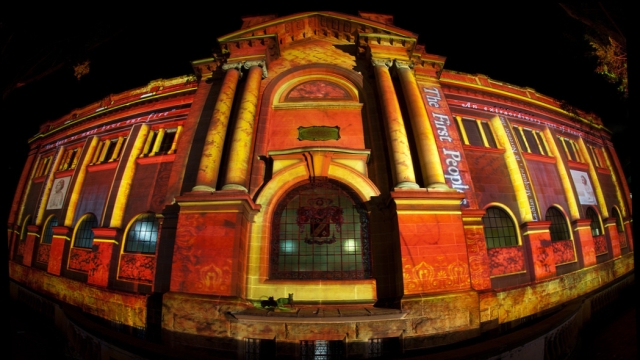
Creative Spaces Impact Framework for libraries
As I’ve discussed in previous articles, libraries are changing, becoming innovation incubators and important supporters of the STEAM agenda. And, as Dr Ra Jes Chelliah has advised, libraries are at a crossroads, with the opportunity to evolve as vital community hubs: they can either “strive and thrive or resist and perish.”
To assist the evolution of libraries, the State Library of Queensland (Australia) has commissioned research to explore the impact of libraries as creative spaces. The research highlights the attention being given to makerspaces as a focus for creative activity in public libraries, but also points to many other ways in which public libraries are facilitating creative activity.
The Creative Spaces Impact Framework
A key outcome of the research has been the development of an evidence-based Creative Spaces Impact Framework. The framework comprises eight criteria:
Criterion 1: Accessing Resources
Libraries have transformed themselves beyond their traditional roles of lending and reading to include activity-orientated, flexible spaces. This criterion considers a range of methods to store, generate and access resources that might facilitate creativity; arguably a core activity of many libraries today. Impact would be demonstrated by articulating how these resources enable different forms of creativity and how the library space facilitates access, enabling it to be thought of as a creative space.
Criterion 2: Idea Building
As incubators of ideas, learning and innovation, public libraries offer places to generate knowledge and exchange ideas outside formal education. This criterion considers the role of libraries in idea building as absolutely novel or relatively novel. Impact would be demonstrated by articulating how different elements of idea building are present in a given activity, and therefore how a library exists and can be thought of as a creative space.
Criterion 3: Civic Engagement
Libraries have long been regarded as places of civic engagement. Civic engagement implies an interest, knowledge and involvement in civic matters, including but not limited to discussion and participation. This criterion considers how any given creative practice might afford some kind of civic engagement.
Criterion 4: Community Development
Creativity in libraries can involve building connections with community, within the community and across different levels of government. This criterion considers how creative practices associated with libraries might support community development.
Criterion 5: Cultural Participation
Cultural participation may include both informal and formal activities within the community, reflecting quality of life, traditions and beliefs. Cultural participation is inclusive. It includes everyone – from the person listening to the concert to the person playing music. This criterion considers how libraries as creative places provide opportunities for many forms of cultural participation.
Criterion 6: Health and Wellbeing
Engaging in creative practice contributes positively to how well people feel mentally and physically. This criterion considers the impact of library-based creative practices on health and wellbeing. It is important to note that health and wellbeing does not need to be the direct aim of the activity.
Criterion 7: Educational Attainment
Libraries traditionally support other education institutions and provide means of informal personalised learning. Creativity as an idea, and creative practices themselves, have educational potential. This criterion considers what educational opportunities are possible when library clients engage with libraries in creative activities.
Criterion 8: Economic Productivity
The Library Dividend research report offers detailed evidence for the general economic impacts of libraries. This criterion considers the contributions that creative activity in libraries can make to this agenda. This includes direct and indirect economic benefits, bringing people together or facilitating networks and access to information.
Using the framework
A User Guide for the Creative Spaces Impact Framework has been developed to assist library staff to demonstrate the value of their library as a creative space. The State Library of Queensland advises that “Using the framework can provide powerful results for advocating the value of public libraries and the impact of libraries within communities.” Included are case studies of the application of the framework in five libraries across Queensland.
Article source: Stephen’s Lighthouse.
Header image source: Adapted from State Library of NSW by Steve Collis, which is licensed by CC BY 2.0.
Also published on Medium.




